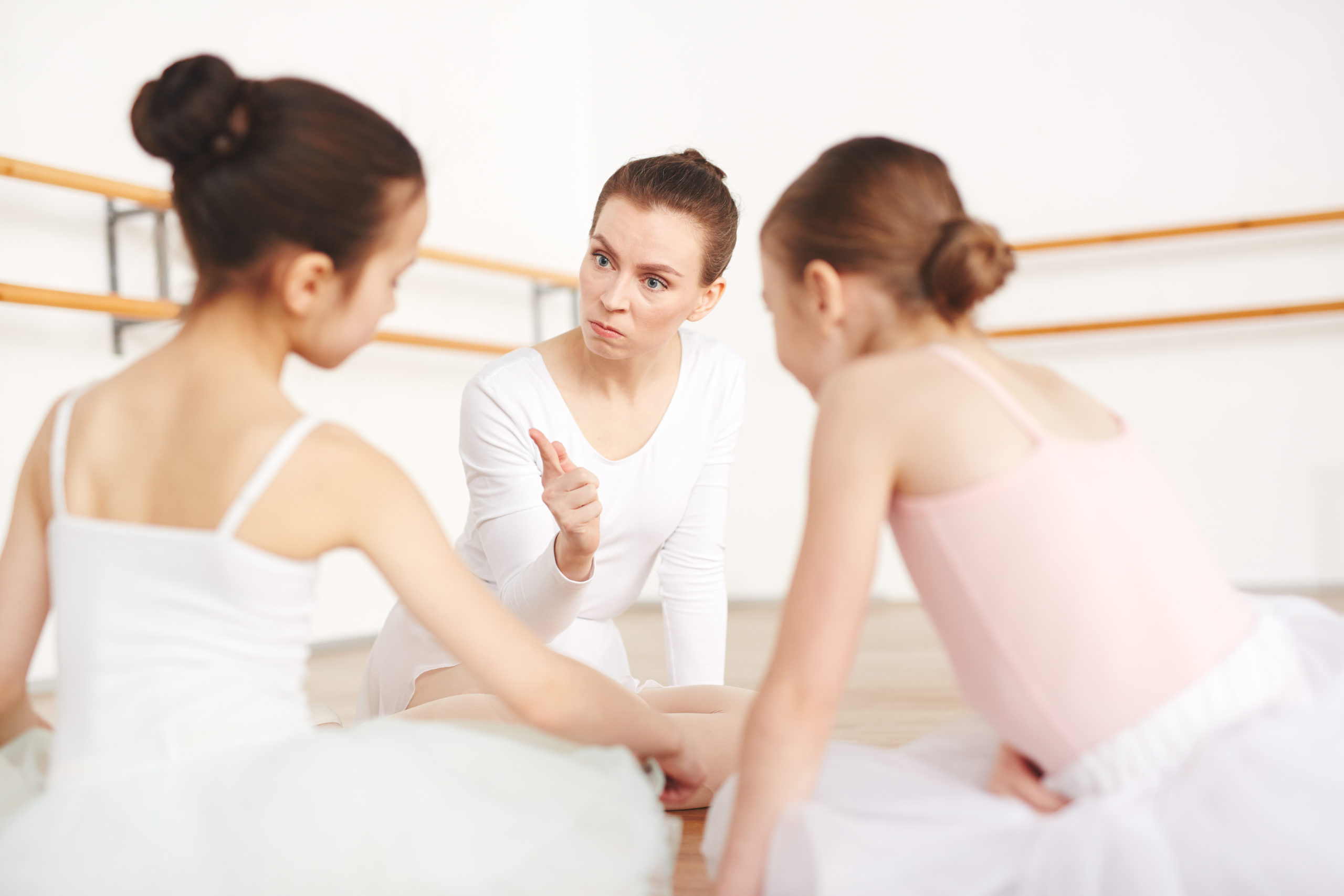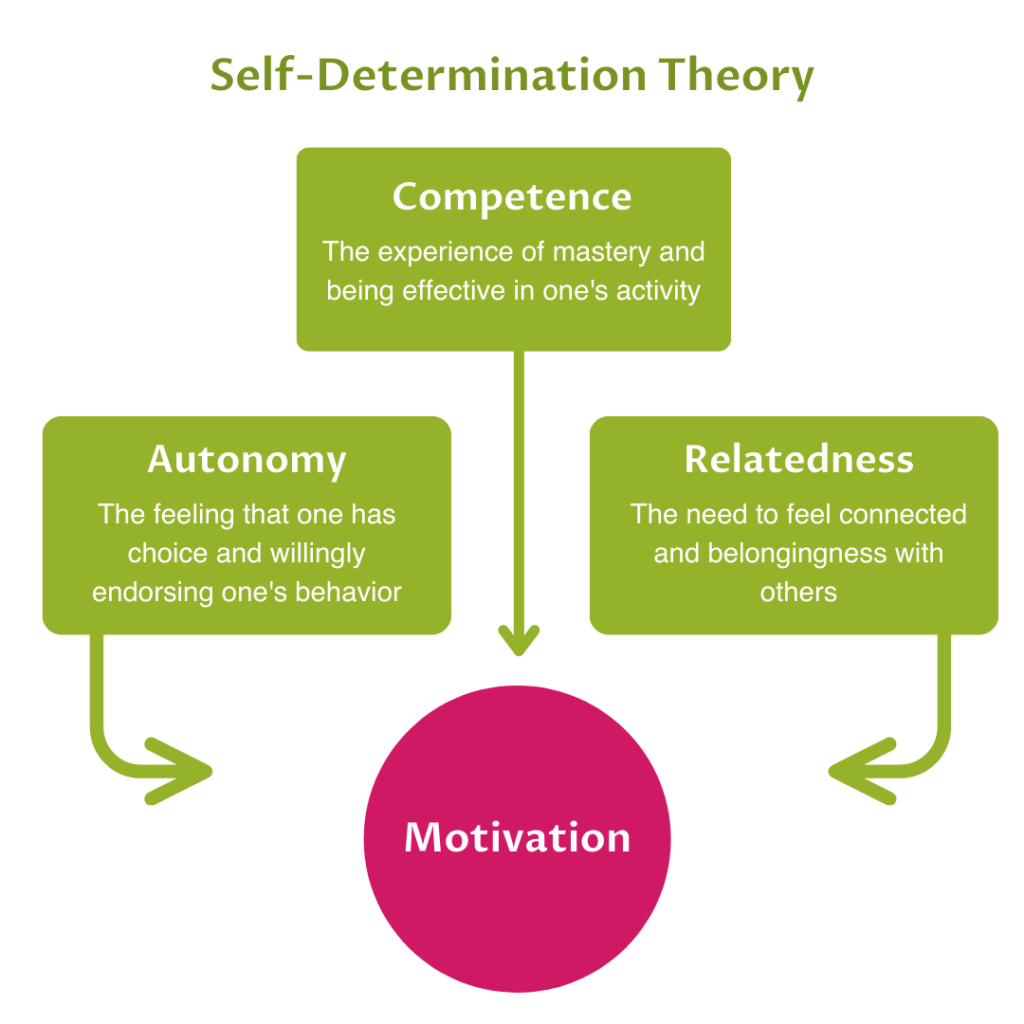
Dance training has long promoted a learning environment with authoritarian leadership. Just the other day, my friend and I we were trading horror stories of the many times we needed to use the restroom during dance class but were too afraid to ask. The expectation was that you would wait until the quick break between the barre and center to use the facilities. Sadly, my friend deals with bladder problems to this day.
Most dancers have these stories: the fear of doing a penché at the barre when you think that your period may have started. Or holding your bladder until you think you might burst. We were good, obedient students, and that’s the only way we knew how to show up for dance class.
Terry Hyde, a UK-based psychotherapist who works with dancers, points out how inconducive to learning these types of environments are. “Right from the age they start, dancers are training in fear. Fear to ask to use the restroom or fear to try a step in a manner that is inconsistent with their teacher or the school’s style.” In fact, the cultivation of obedience in dance training does not prepare dancers for life as professionals, where they will be expected to be creative and independent.
By nurturing autonomy and quality motivation in your students, they will learn more, be better prepared for professional life, and be happier, healthier dancers.
Obedience and How It Backfires
The Oxford Dictionary defines obedience as “compliance with an order, request, or law or submission to another’s authority.” Dance psychology researcher Dr. Sanna Nordin-Bates describes obedience as the “thwarting of autonomy.” “There is an expectation to take the information the teacher gives you without questioning it and sort of accept it as truth and swallow it whole. Not because it’s a good idea, or because I actively believe it’s in my best interest.” Dancers may feel afraid to speak up to ask a question or to say that they are in pain, which means that they will learn less and may put themselves at risk for injury.
The impact of the kind of authoritarian leadership that results in obedience is problematic depending on the relationship between the student and their teacher. “If you really admire the teacher and you want to be just like them, then obedience isn’t going to be a problem because it’s in line with your values,” says Nordin-Bates. “If you are not completely in sync with the teacher, you are likely to not feel like yourself.”
Today’s professional dance companies require that dancers be able to shape-shift through various styles. Often, choreographers are looking for dancers who can join them in the choreographic process. A very obedient dancer is less likely to have experimented outside their school’s teaching and, according to Nordin-Bates, is less likely to be creative. “If I don’t feel like me, how can I explore the boundaries of what I can do or what I could express?” asks Nordin-Bates. “There’s so much fear inherently in obedience that you begin saying ‘What if I don’t do it perfectly’ or ‘What if I do it wrong?’Creativity is a scary place for a lot of people, especially very perfectionistic dancers because of that fear of failure.”
“You have people who will stop dancing because they aren’t getting what they want, which is freedom of expression,” adds Hyde. Dance teachers do what they do out of love for the artform. The expectation of obedience is a poorly packaged gift that minimizes the joy students may derive from it. It may also result in fewer tuition-paying dancers in your school.
Autonomy and Motivation
Obedience is ultimately the result of an authoritarian leader’s effort to ensure that students are motivated. “We need to distinguish the difference between the quality of motivation rather than the quantity of motivation,” says Nordin-Bates. She points out that yelling or raising your voice to a student, for example, will get results, but they won’t be lasting. “When the dancer is afraid of not being liked, being shouted at will get results,” she says. “They will appear to be focusing and doing their best, and that is very reinforcing to the teacher. Some of them don’t even like doing it, but it gets results.” When students want the shouting to stop, they do as they are asked, When students want the shouting to stop, they do as they are asked, but they are not necessarily learning the right things or for the right reasons, because they are in a state of fight-or-flight.
Nordin-Bates says that being “intrinsically motivated” means that the dancer is motivated to do something because they find it interesting, enjoyable or meaningful, which means that they choose to do something because they genuinely feel that it is the right thing for them to do, rather than because somebody said so, or from fear of punishment. This is harder for teachers to cultivate in their classrooms (shouting is quicker!), but the results are more impactful. So rather than enforcing a strict rule about leaving the classroom during class, for instance, help students understand why it can be disruptive to their learning and their peers. Then allow them to do what they need to do without getting scolded for it.
Self-determination theory has been widely studied in sports and has determined that we all have three basic psychological needs to be motivated: autonomy, competence and relatedness. Autonomy is being able to make decisions that you know are best for you, essentially the antithesis of blind obedience which is why we are focusing on that aspect of self-determination theory here. “It’s questioning obedience,” says Hyde. In classrooms with autonomy, dancers are learning and developing skills in a manner that is best for them and their bodies. They are encouraged to make mistakes as they learn about themselves and their movement.

Ways to Bring Autonomy Into the Classroom
Nordin-Bates shares easy ways to introduce more dancer autonomy into your classroom:
1. Tell them why they are doing something. Why do we start at the barre or on the floor? If dancers are struggling with a combination, tell them why you have given it to them. Maybe it’s to prepare them for a specific piece of choreography or to improve their jumps. “You don’t need to explain everything that you do, but it’s important to do it sometimes in each class,” Nordin-Bates says. “It helps demonstrate to the students that you know what you are doing. It creates trust in your competence because you can explain good reasons for why you do what you do.” Damien Comeliau, co-founder at Mosa Ballet agrees. “Authority is needed if you want excellence, but we want our dancers to understand why they are asked to do something a certain way. You are stronger if you understand why you do something instead of just doing what you are told.”

2. Show two different ways of doing things. “If you have knees that hyperextend, try doing it this way. And if you have straighter knees, try it this way,” Nordin-Bates suggests. “Give options, but not endless options. It’s a choice between boundaries.” Explain and demonstrate the way steps are done in different techniques, even if you are asking your students to adhere to a certain style during class.
3. Invite questions. You have a tight ship to run to get through everything that you need to accomplish in class, so you don’t need to invite questions for every combination, but curiosity should be encouraged. “Teachers should not try to appear perfect, with all the answers all the time,” she says. “It’s perfectly fine to say, ‘You know what? I don’t know the answer to that. Let’s figure it out together.’”





